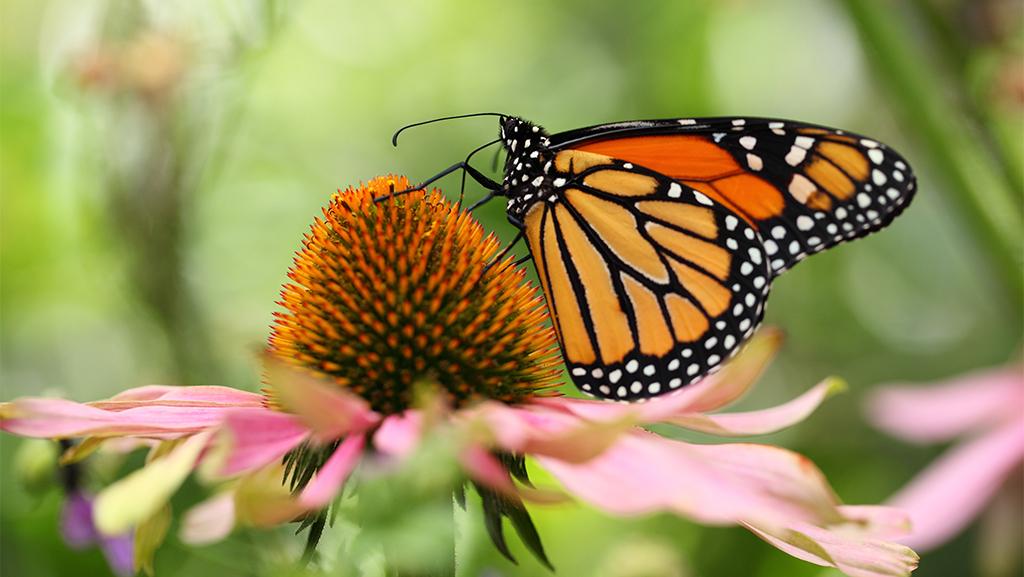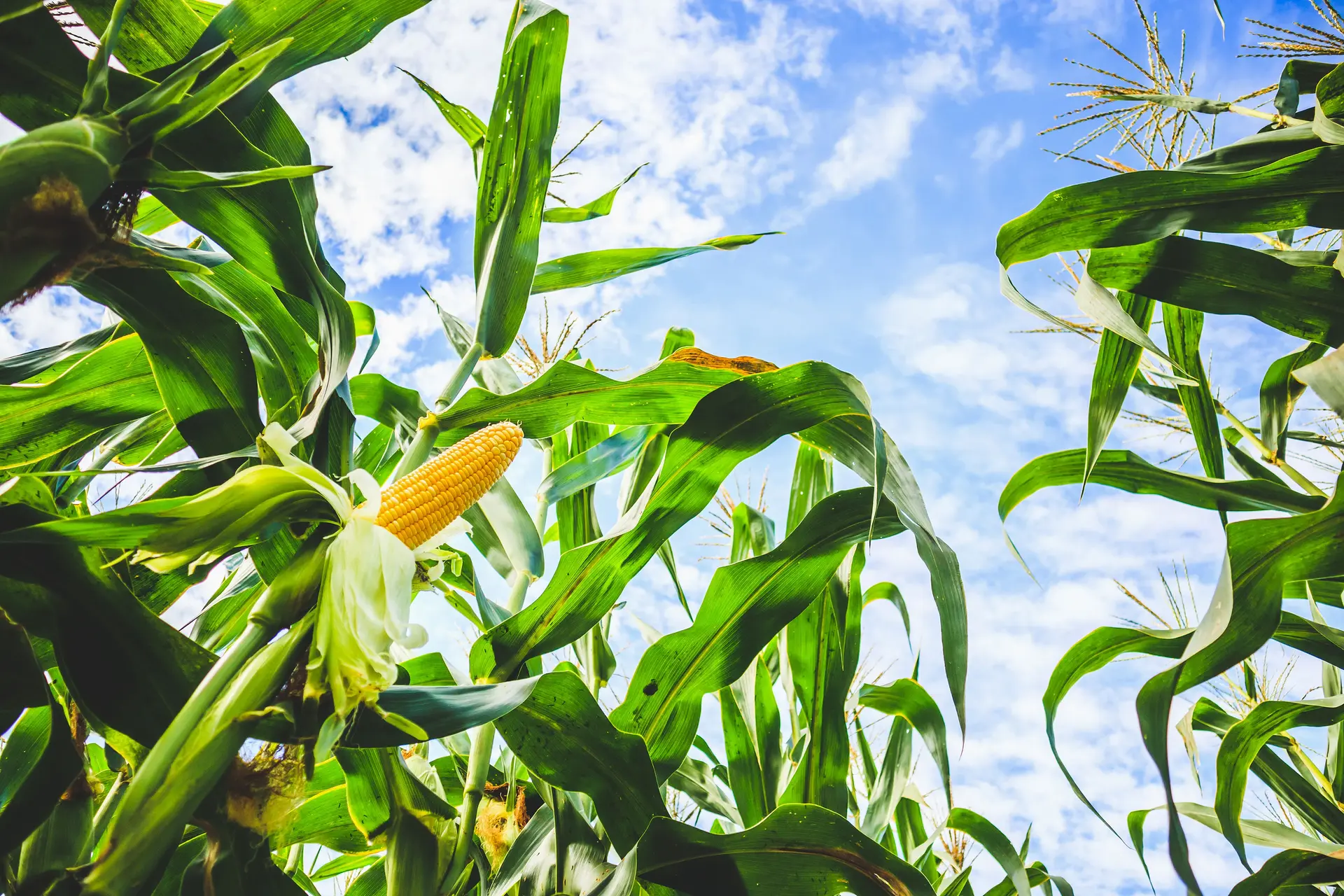Certainly! Here’s a fully optimized, advanced, and expanded guide on:
17 Companion Plants to Grow With Corn
Corn (Zea mays) is a beloved staple crop in backyard gardens and large fields alike. While it thrives in warm weather with plenty of sunshine and rich soil, companion planting can take your corn-growing success to the next level. By surrounding your corn with the right plants, you can naturally repel pests, improve pollination, suppress weeds, and make better use of your garden space.
In this complete guide, you’ll discover 17 of the best companion plants for corn, how they benefit your garden, which plants to avoid near corn, and advanced tips for planning a productive and balanced planting layout.

🌽 Why Use Companion Planting With Corn?
Corn is a tall, heavy-feeding plant that grows best in blocks or clusters for effective wind pollination. It can benefit greatly from companion planting, particularly because:
- It’s vulnerable to pests like corn earworms, aphids, and cutworms.
- It takes up a lot of nitrogen and other nutrients from the soil.
- It casts significant shade, which affects what can grow beneath it.
- It has a vertical growth habit, allowing space underneath for lower-growing crops.
Companion planting helps you build a thriving, resilient garden without relying heavily on synthetic inputs.
🌱 17 Best Companion Plants for Corn
We’ve categorized these companions into groups based on the main benefit they bring to your corn patch:
🐛 Pest Control Superstars
These plants deter harmful insects or act as trap crops to protect corn from common pests.
- Marigolds
- Repel aphids, corn earworms, and nematodes.
- Plant around the borders for best effect.
- Basil
- Its strong scent masks corn from pests like thrips and beetles.
- Attracts pollinators, too!
- Dill
- Attracts beneficial insects like ladybugs and lacewings that prey on aphids and caterpillars.
- Nasturtiums
- Attract aphids, making them excellent trap crops.
- Also repel squash bugs and beetles.
- Catnip
- Strong aroma repels flea beetles and aphids.
- Use carefully—it can spread aggressively.
💪 Nitrogen Fixers and Soil Boosters
These plants improve soil health or structure, helping your corn stay strong and productive.
- Pole Beans (Climbing Beans)
- Classic “Three Sisters” companion.
- Fix nitrogen into the soil to benefit hungry corn roots.
- Use the corn stalk as natural support.
- Bush Beans
- Offer the same nitrogen-fixing benefit as pole beans, but stay lower to the ground.
- Great for underplanting around corn.
- Clover (Crimson or White)
- Acts as a living mulch.
- Fixes nitrogen and suppresses weeds under the corn canopy.
- Alfalfa
- Deep roots pull up nutrients; fixes nitrogen.
- Grows well at corn row edges.
🌸 Pollinator & Beneficial Insect Attractors

These flowering plants bring in bees, predatory wasps, butterflies, and more to help with pollination and natural pest control.
- Borage
- Attracts bees and repels worms and beetles.
- Also improves growth and flavor of neighboring crops.
- Calendula (Pot Marigold)
- Attracts beneficial insects like hoverflies and parasitic wasps.
- Suppresses soilborne pests and diseases.
- Sunflowers
- Attract pollinators and act as a windbreak.
- Can distract birds from eating corn cobs if planted early.
- Yarrow
- Encourages predatory insects and improves soil structure.
🧺 Ground Covers & Weed Suppressors
These low-growing plants help keep weeds down, conserve moisture, and make efficient use of space.
- Squash
- Another “Three Sisters” crop.
- Large leaves shade the soil to suppress weeds and conserve moisture.
- Melons
- Similar to squash in growth habit and benefits.
- Grow well in the space beneath corn stalks.
- Cucumbers
- Can grow at the base of corn, especially if trellised away from stalks.
- Attract pollinators and suppress weeds.
🥬 Other Great Partners
These don’t fit neatly into other categories but still offer unique advantages.
- Lettuce
- Grows well in the partial shade of corn.
- Fast-growing and doesn’t compete for nutrients.
🚫 Plants to Avoid Planting Near Corn
Certain plants can interfere with corn’s growth or attract unwanted pests.
- Tomatoes: Compete for nutrients and are susceptible to the same pests, like corn earworms.
- Brassicas (Cabbage, Kale, Broccoli): Compete for space and nutrients; not ideal near corn.
- Fennel: Inhibits the growth of many vegetables, including corn.
- Celery: Competes with corn for water and nutrients in confined spaces.
📐 Sample Garden Layout for Corn Companion Planting

[Outer Border] Marigolds | Basil | Nasturtiums
[Row A] Corn (spaced in blocks for wind pollination)
[Row B] Pole Beans (climbing up corn stalks)
[Row C] Squash or Melons (ground cover)
[Between Rows] Clover or Lettuce
[End of Rows] Sunflowers | Calendula | Dill
Why it works: This layout creates a biodiverse, self-supporting mini-ecosystem. Beans fix nitrogen, squash protects the soil, flowers attract pollinators, and basil/marigolds keep pests away.
🧠 Advanced Tips for Companion Planting With Corn
✅ Use the “Three Sisters” Method
An ancient Native American technique:
- Corn grows tall and provides support.
- Beans climb the corn and fix nitrogen.
- Squash covers the ground, suppressing weeds.
✅ Plant in Blocks, Not Rows
Corn pollinates best when planted in clusters or grids rather than single rows.
✅ Stagger Planting Times
Start squash or lettuce a few weeks after corn so the tall stalks don’t block too much early light.
✅ Mulch Generously
Especially important with heavy feeders like corn. Organic mulch conserves water, controls weeds, and supports soil health.
✅ Rotate Crops Annually
Avoid planting corn in the same spot each year to prevent soil depletion and disease buildup.
🐛 Common Problems & Companion Solutions
| Problem | Cause | Companion Plant Solution |
|---|---|---|
| Corn earworms | Moth larvae feed on ears | Marigolds, dill, basil repel or attract predators |
| Aphids | Suck plant sap, stunt growth | Catnip, chives, dill attract aphid predators |
| Nutrient depletion | Heavy corn feeding | Beans, clover, alfalfa replenish nitrogen |
| Soil compaction | Corn roots left untreated | Yarrow and alfalfa improve soil aeration |
| Poor pollination | Lack of wind or bees | Sunflowers, calendula, borage attract pollinators |
Table of Contents
❓ FAQs: Companion Planting for Corn
Q1: What is the best companion plant for corn overall?
Pole beans. They feed the soil with nitrogen and use corn stalks for support—an ideal mutual relationship.
Q2: Can I grow tomatoes and corn together?
Not recommended. They attract similar pests and compete for nutrients. It increases the risk of crop failure.
Q3: Can I use bush beans instead of pole beans?
Yes! While they don’t climb corn stalks, bush beans still fix nitrogen and grow well between rows.
Q4: Does corn need pollinators?
Corn is wind-pollinated but can still benefit from pollinator-attracting plants that boost the entire garden ecosystem.
Q5: Can lettuce really grow under corn?
Yes! Lettuce tolerates partial shade and can thrive under tall corn, especially in warmer climates.
Q6: What flowers grow well near corn?
Sunflowers, marigolds, calendula, borage, and yarrow all pair beautifully and support pollination and pest control.
Q7: Can I use mulch between corn rows?
Absolutely. Mulch helps suppress weeds, retain moisture, and regulate soil temperature—essential for corn health.
Q8: What spacing is best for corn with companions?
Plant corn 8–12 inches apart in a block pattern. Allow 18–24 inches around for beans, squash, or flowers.
Q9: What type of beans are best for corn?
Use pole beans for vertical support (Three Sisters method). Use bush beans if planting around the base in limited space.
Q10: How do I prevent corn earworm infestations naturally?
Plant deterrents like basil and marigolds. Also attract beneficial predators with dill, yarrow, or calendula.
🌾 Final Thoughts
Corn is a powerful presence in the garden—but it doesn’t have to stand alone. With smart companion planting, you can:
- Boost your corn yields
- Improve soil health naturally
- Deter pests without chemicals
- Attract beneficial insects
- Make better use of your growing space
From the classic “Three Sisters” trio to more modern multi-layered designs, the 17 companion plants above offer incredible value for a thriving corn patch. Whether you’re planting in raised beds, containers, or traditional rows, using these natural partnerships will lead to a healthier, more abundant harvest.

